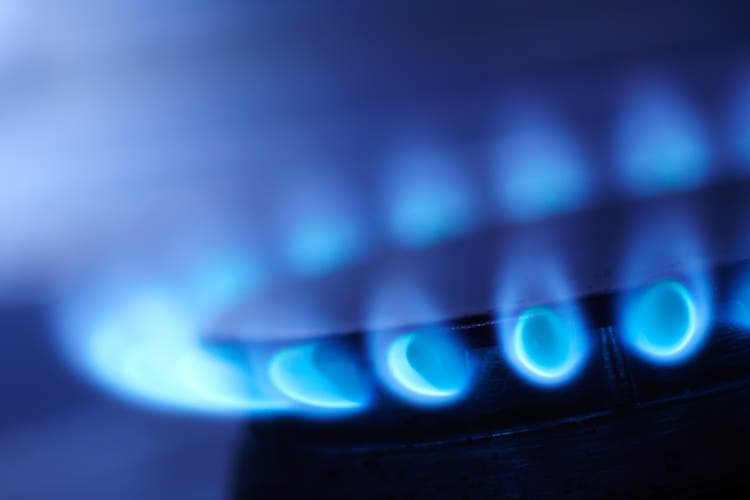U.S. natural gas slumps as Gulf of Mexico storm seen slamming demand

straga/iStock via Getty Images
U.S. natural gas futures fell sharply Monday as tropical storm Francine in the Gulf of Mexico is expected to reach the coast of upper Texas and Louisiana on Wednesday, which makes it more likely to potentially lower natgas prices by cutting demand through power outages and knocking liquefied natural gas export plants out of service.
“Impacts are expected to be more bearish than bullish through power outages, demand destruction from cooler temperatures, and potentially stalling LNG exports in and out of the Gulf of Mexico,” NatGasWeather.com said, Dow Jones reported.
While Gulf of Mexico gas production losses are possible, “the most likely scenario features a brief disruption to near-term gas demand, but no sustained infrastructure damage,” EBW Analytics said, according to Dow Jones, adding that excluding the hurricane threat, “extended supply reductions, technical momentum, and a historically cheap October contract create conditions for a late-month push higher.”
Gulf Coast hurricanes often caused gas prices to spike higher two decades ago and more, when 20% of U.S. gas came from the Gulf, but now the offshore region produces only 2% of total U.S. natural gas production, compared to 15% of total domestic crude oil output.
Front-month Nymex natural gas (NG1:COM) for October delivery settled -4.6% at $2.170/MMBtu, but front-month Nymex October crude (CL1:COM) closed +1.5% to $68.71/bbl and front-month November Brent (CO1:COM) finished +1.1% to $71.84/bbl.
ETFs: (NYSEARCA:UNG), (BOIL), (KOLD), (UNL), (FCG), (USO), (BNO), (UCO), (SCO), (USL), (DBO), (DRIP), (GUSH), (USOI)
While the storm threat weakened natgas prices, crude oil futures rose from 15-month lows on the potential for Francine to disrupt energy operations in the Gulf of Mexico region later this week.
“Storms in the Atlantic have a high probability of causing at least some problems for oil transport and offshore production,” Phil Flynn of Price Futures Group said, according to Dow Jones, adding the likely landfall along the coast of upper Texas and Louisiana is “right in the heart of the U.S. oil and gas production, transport and refining.”
Producers including Exxon Mobil (XOM), Chevron (CVX), Occidental Petroleum (OXY) and Shell (SHEL) all announced plans to evacuate staff and limit drilling in preparation for the storm.